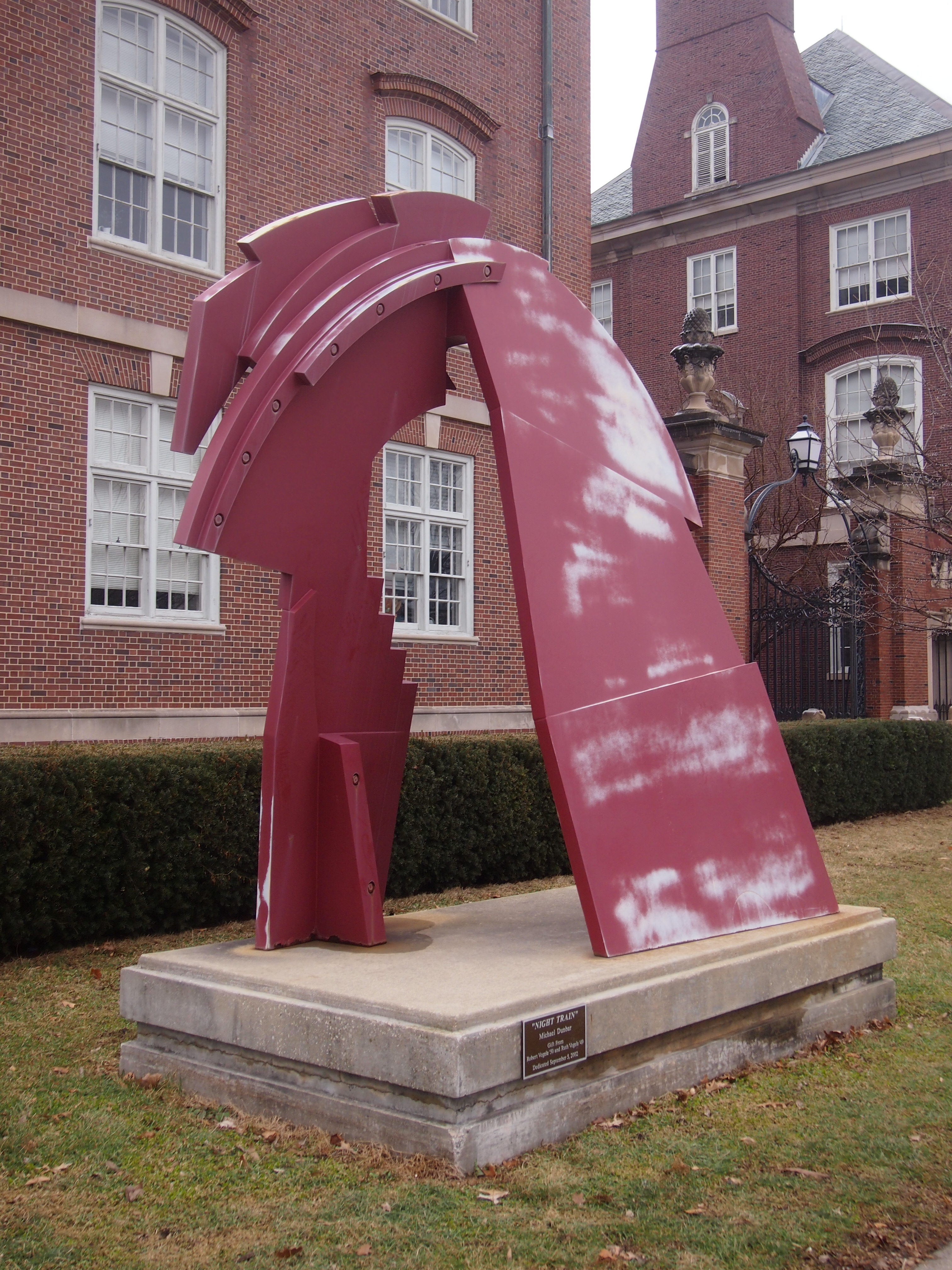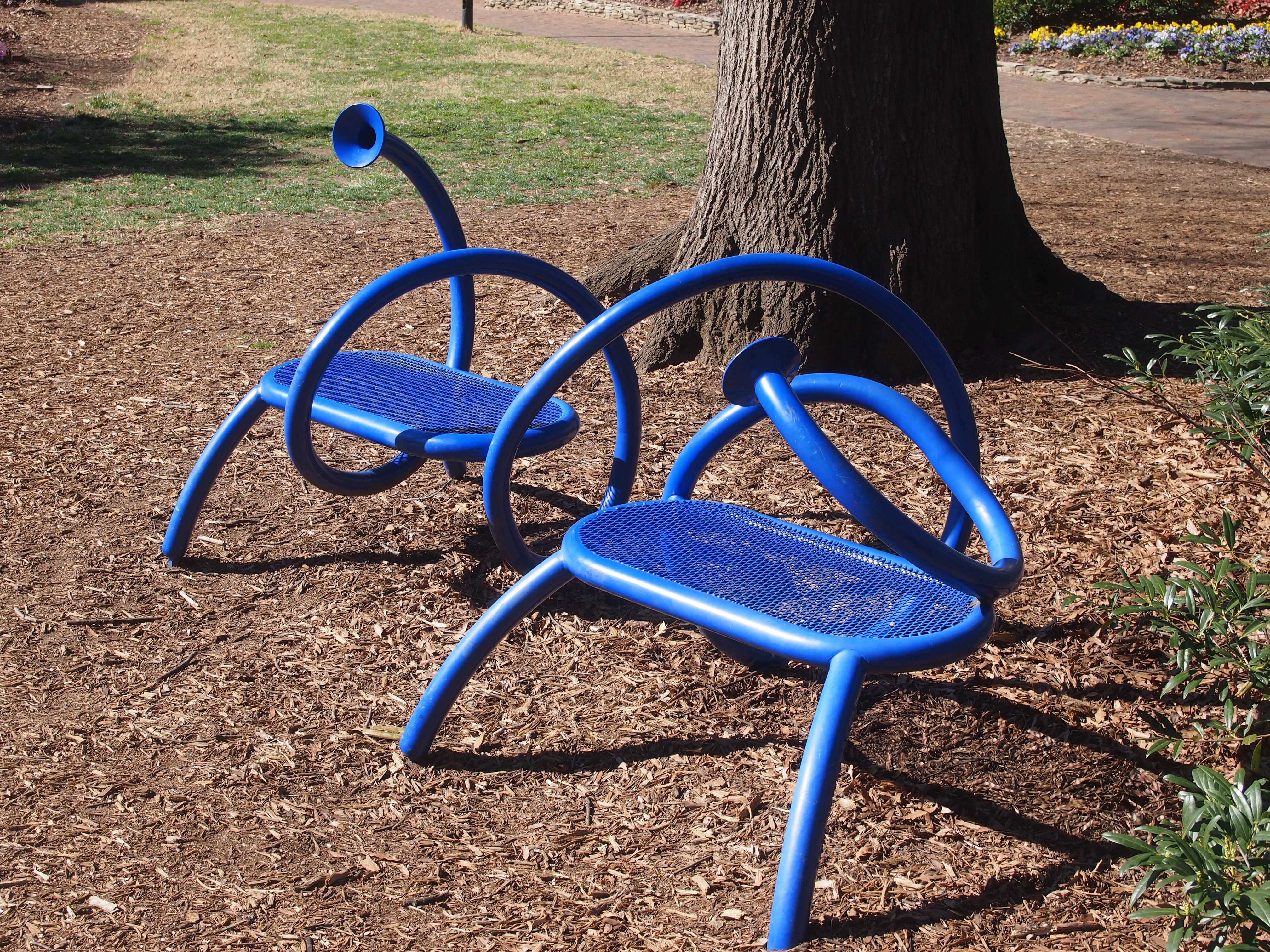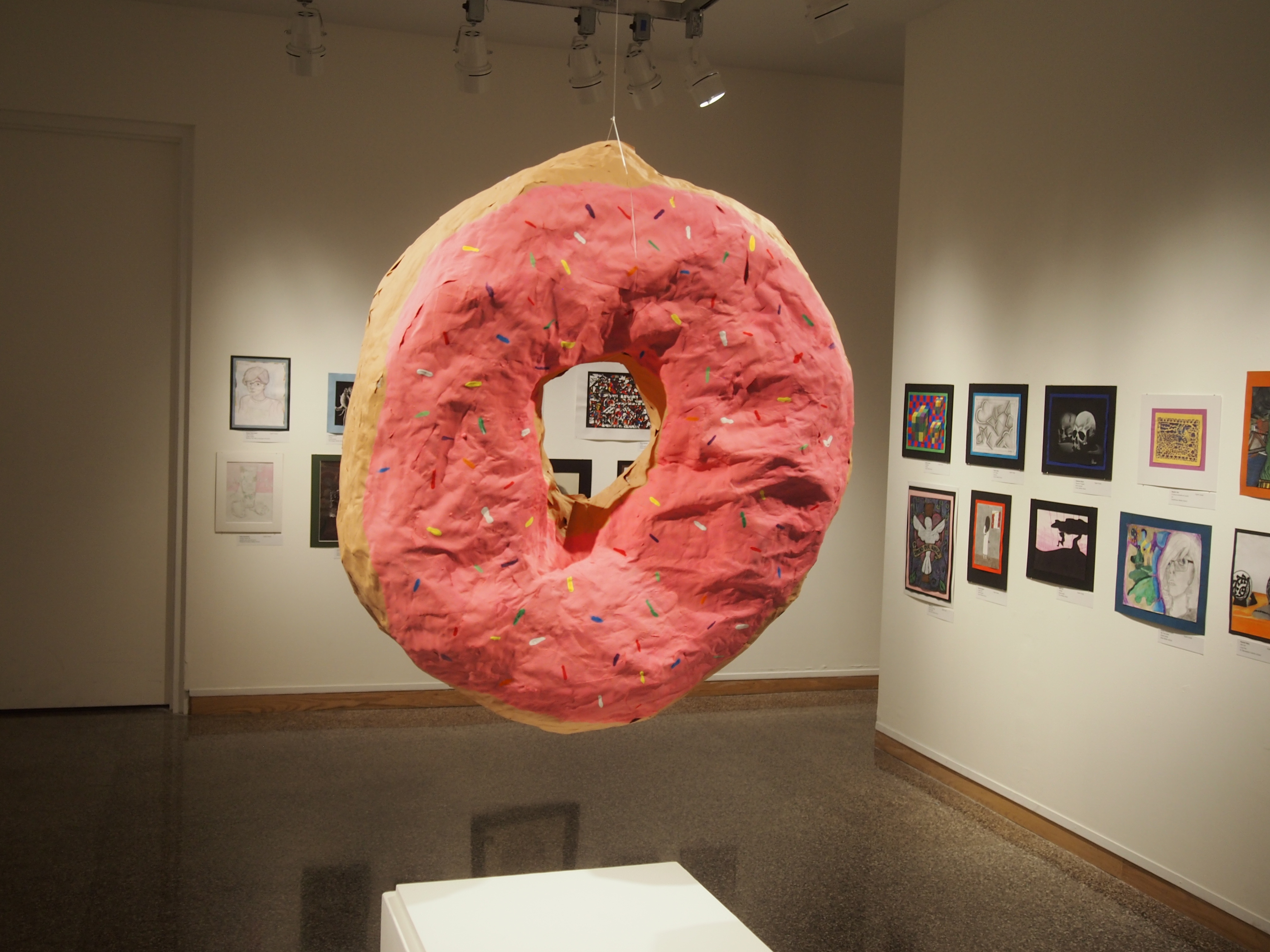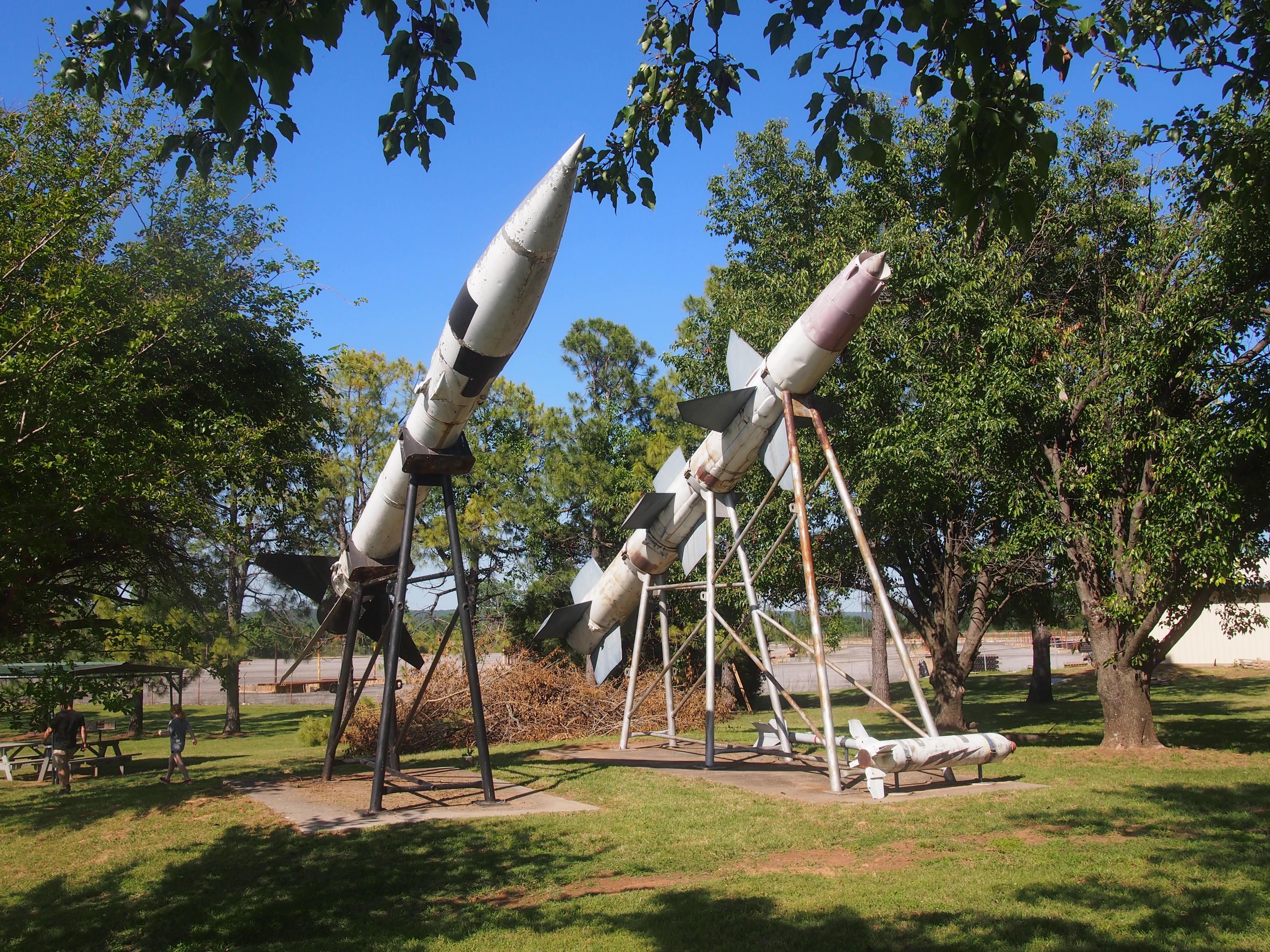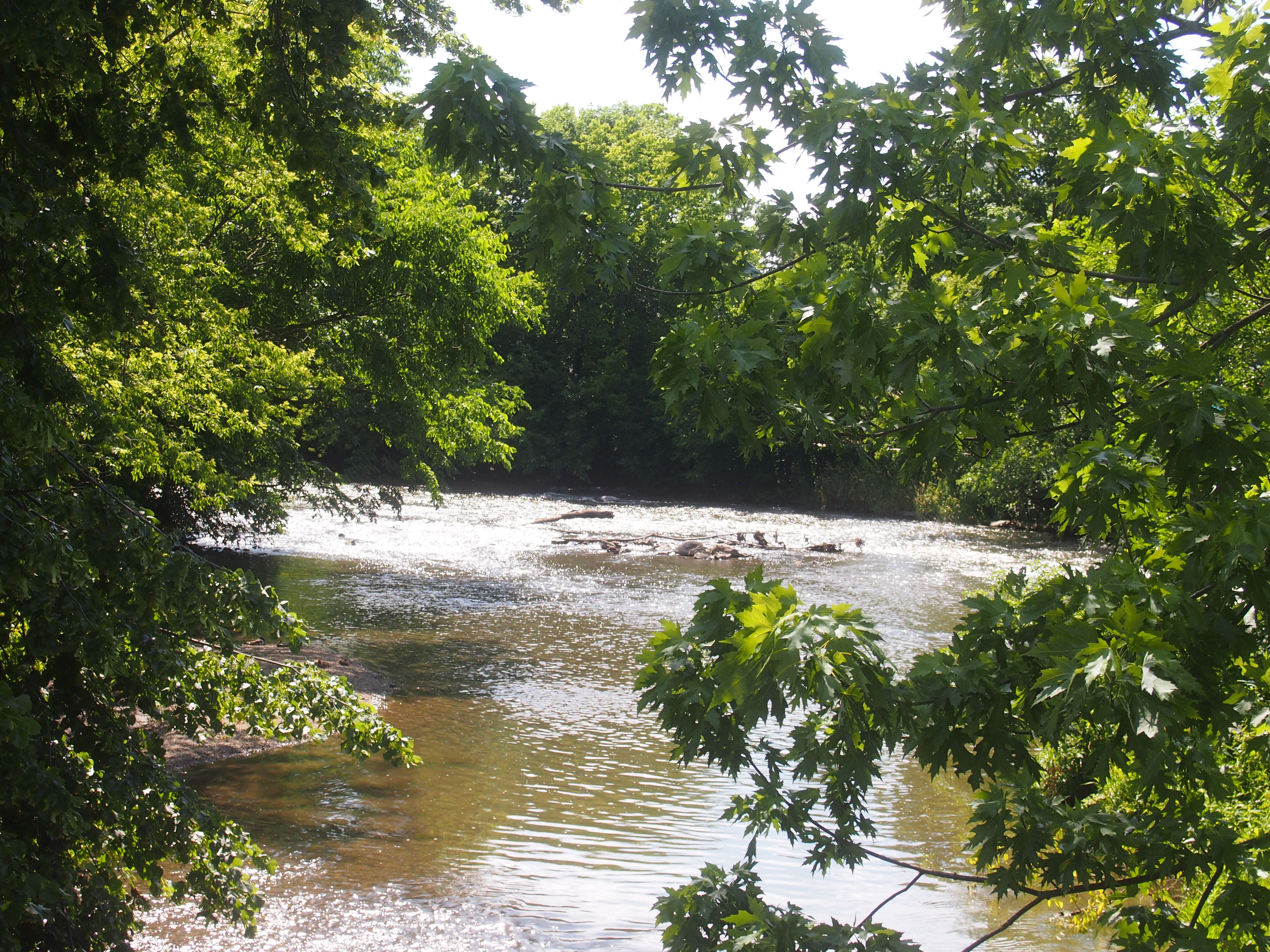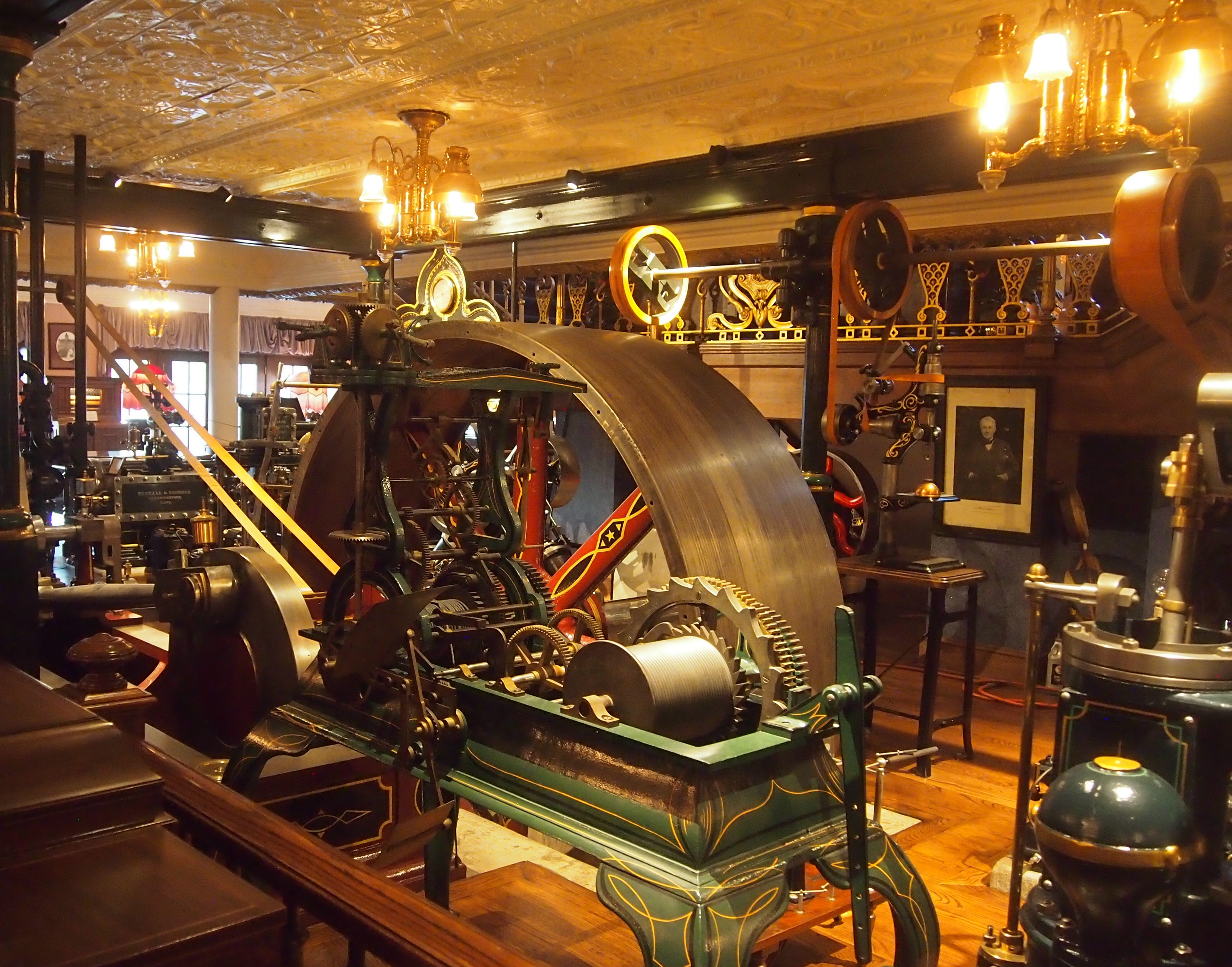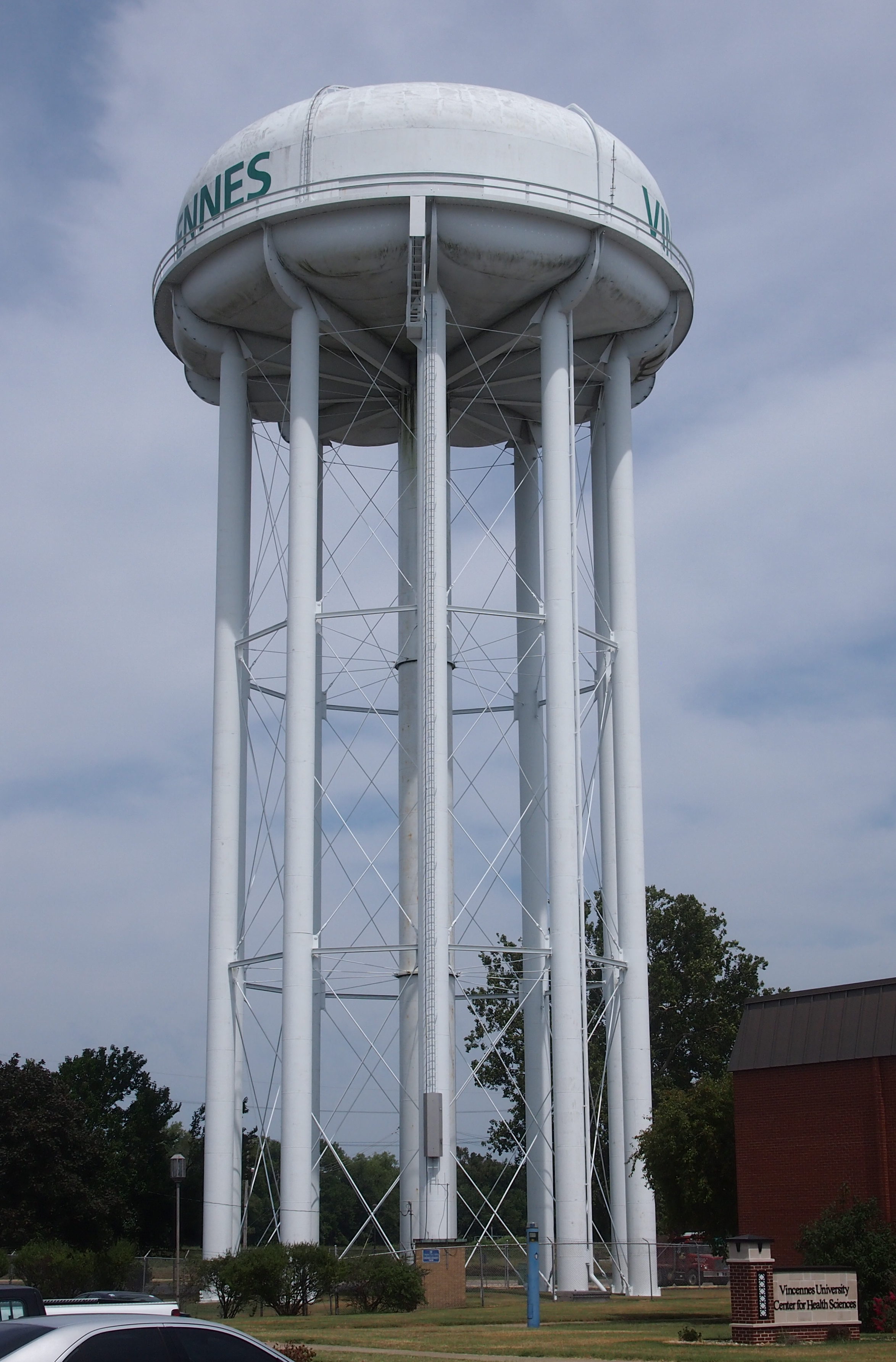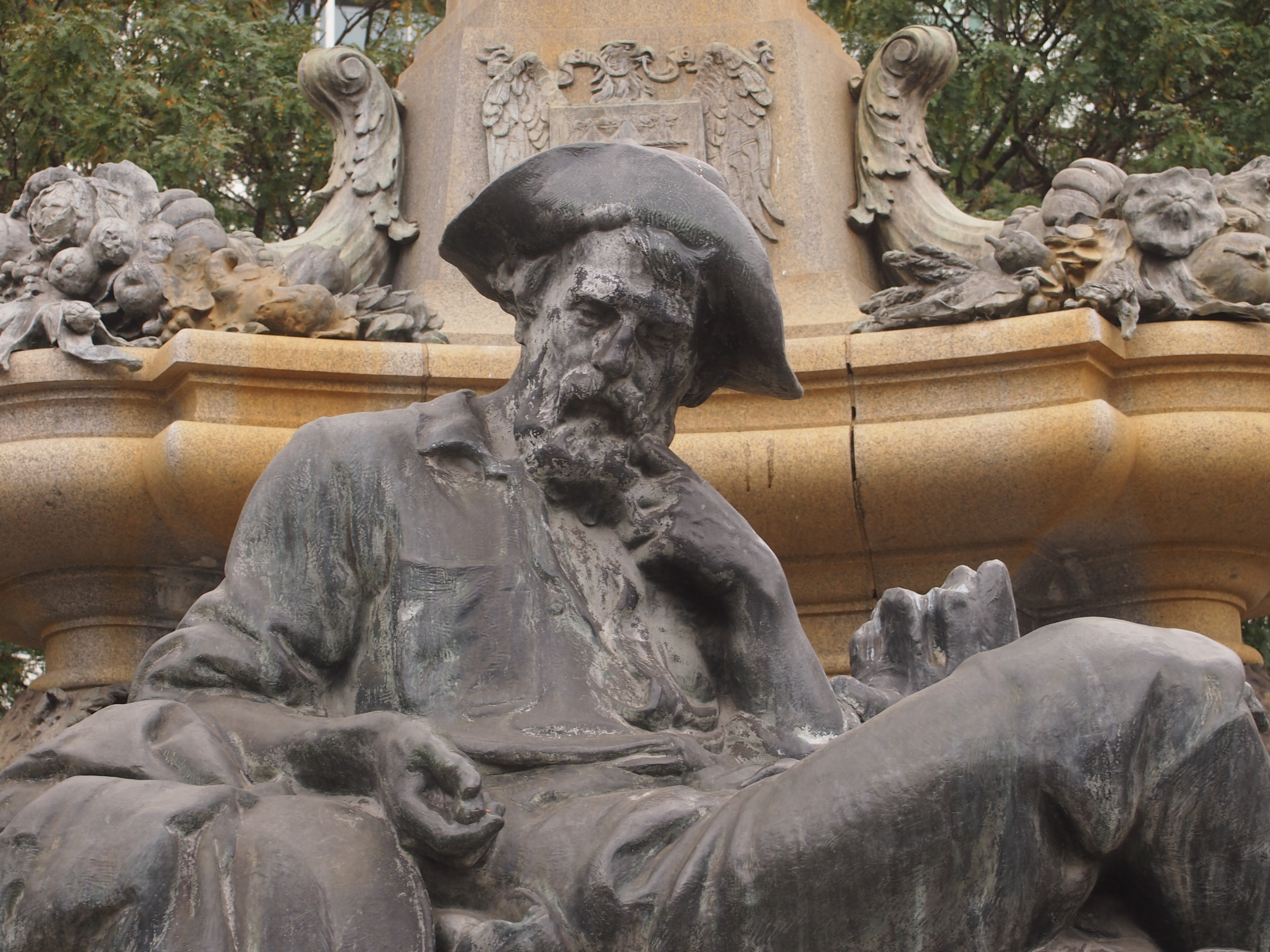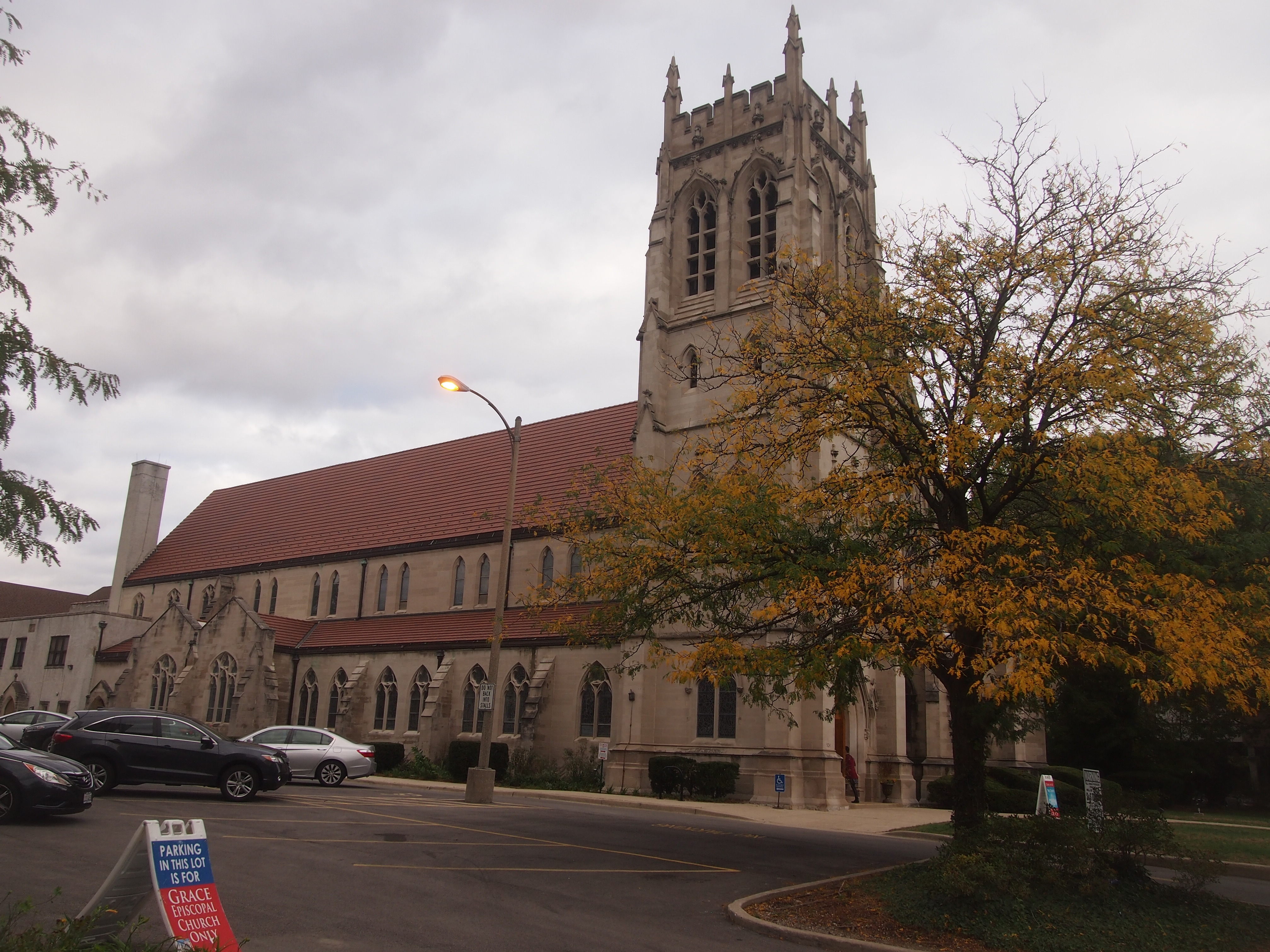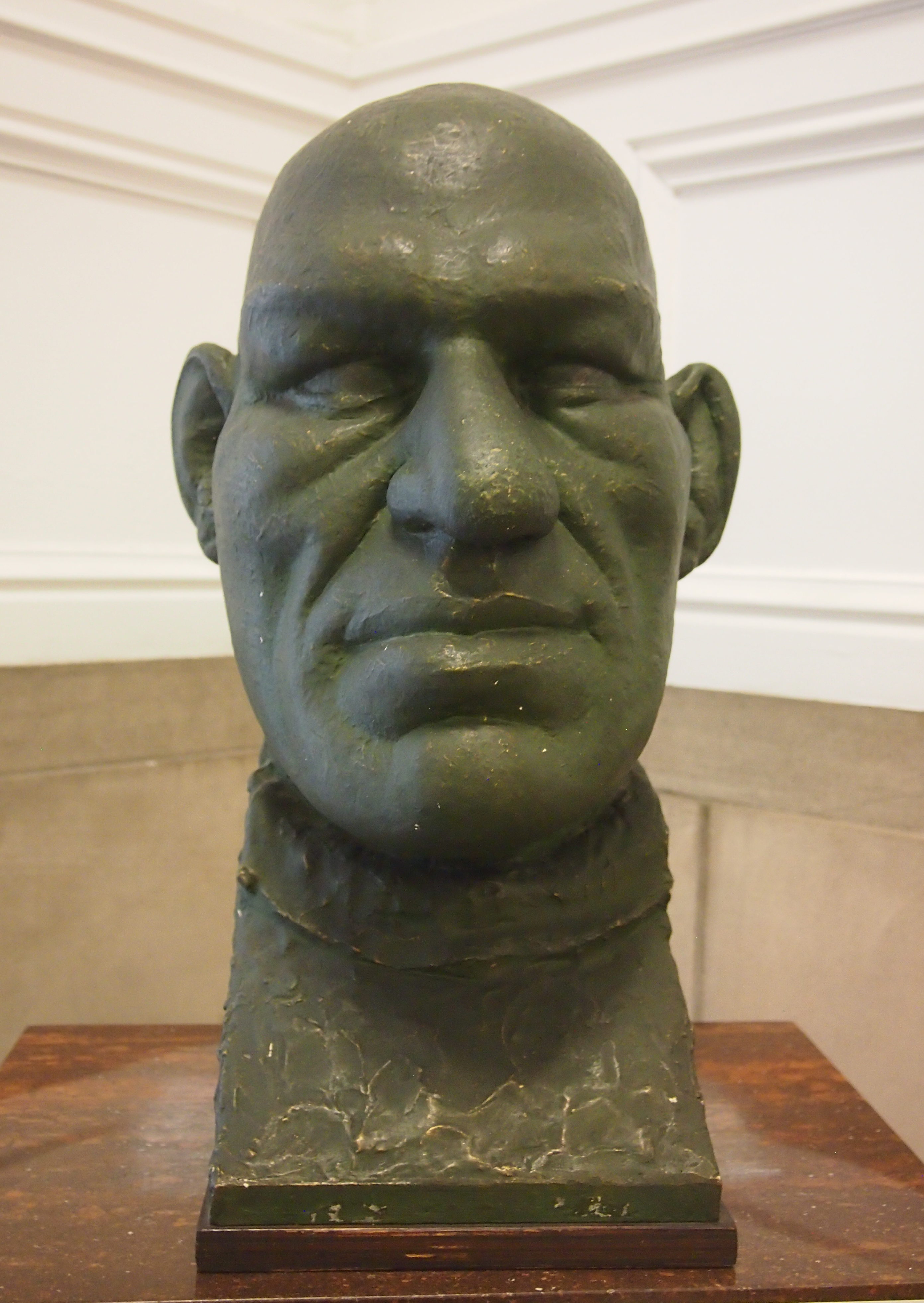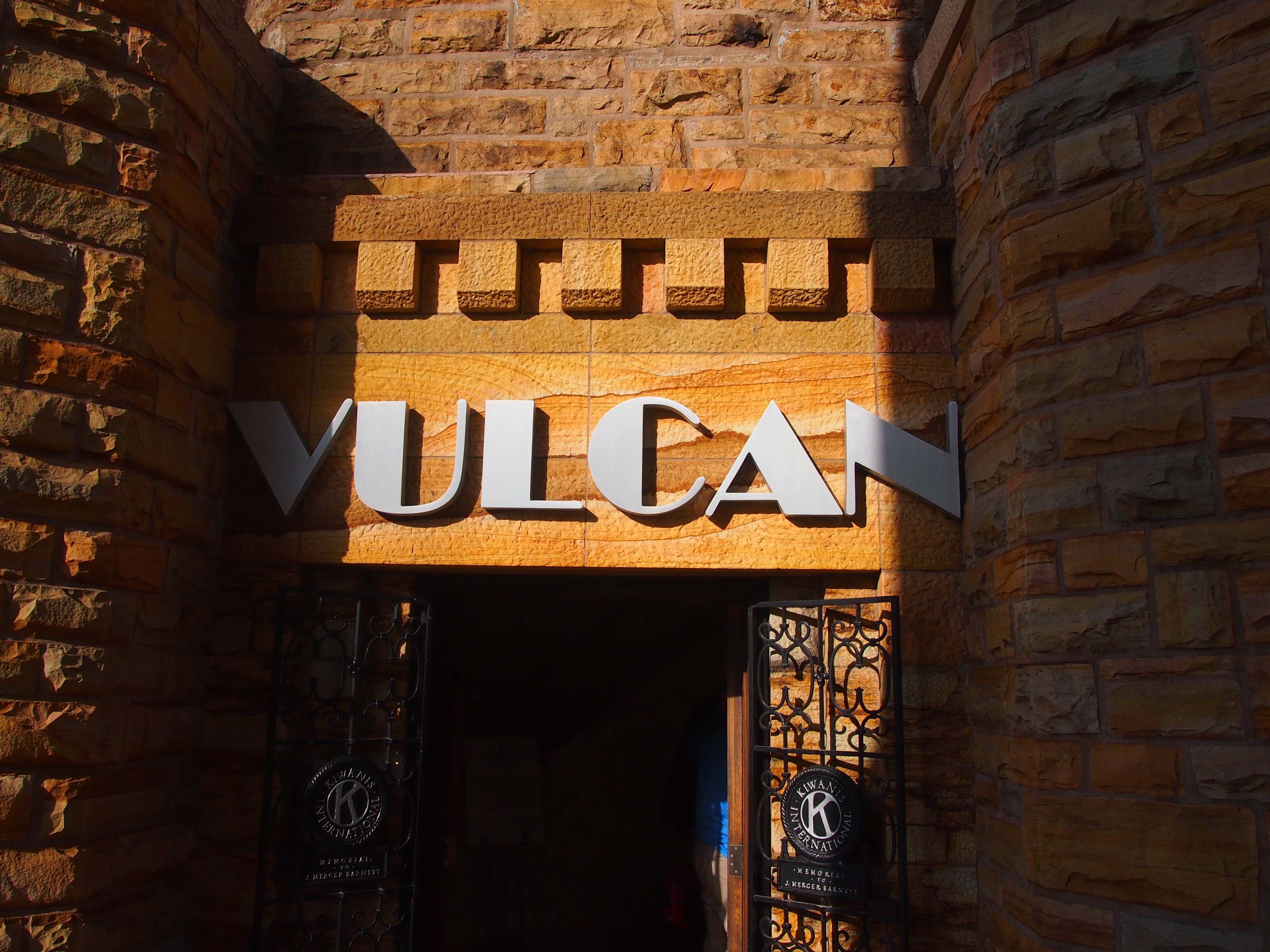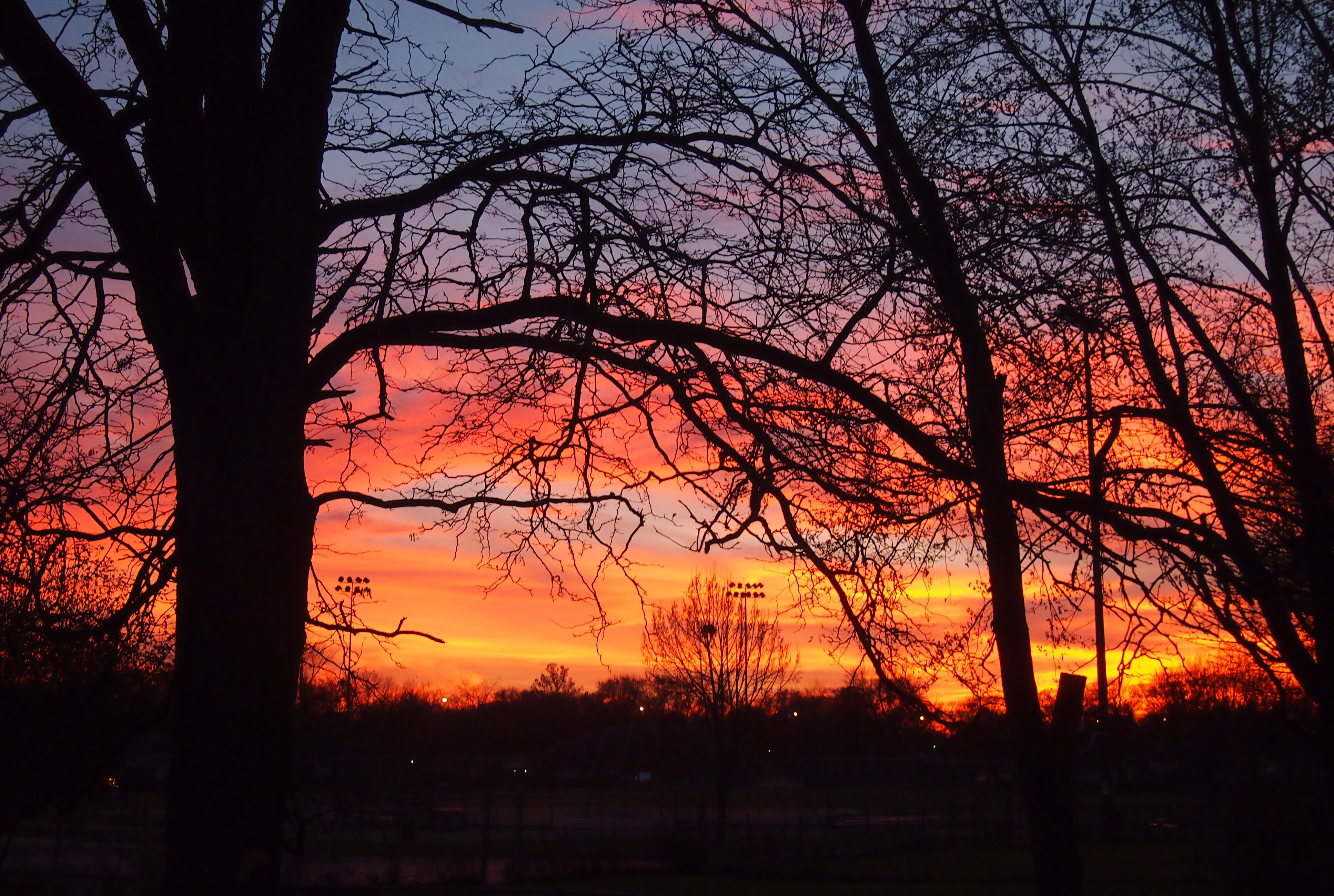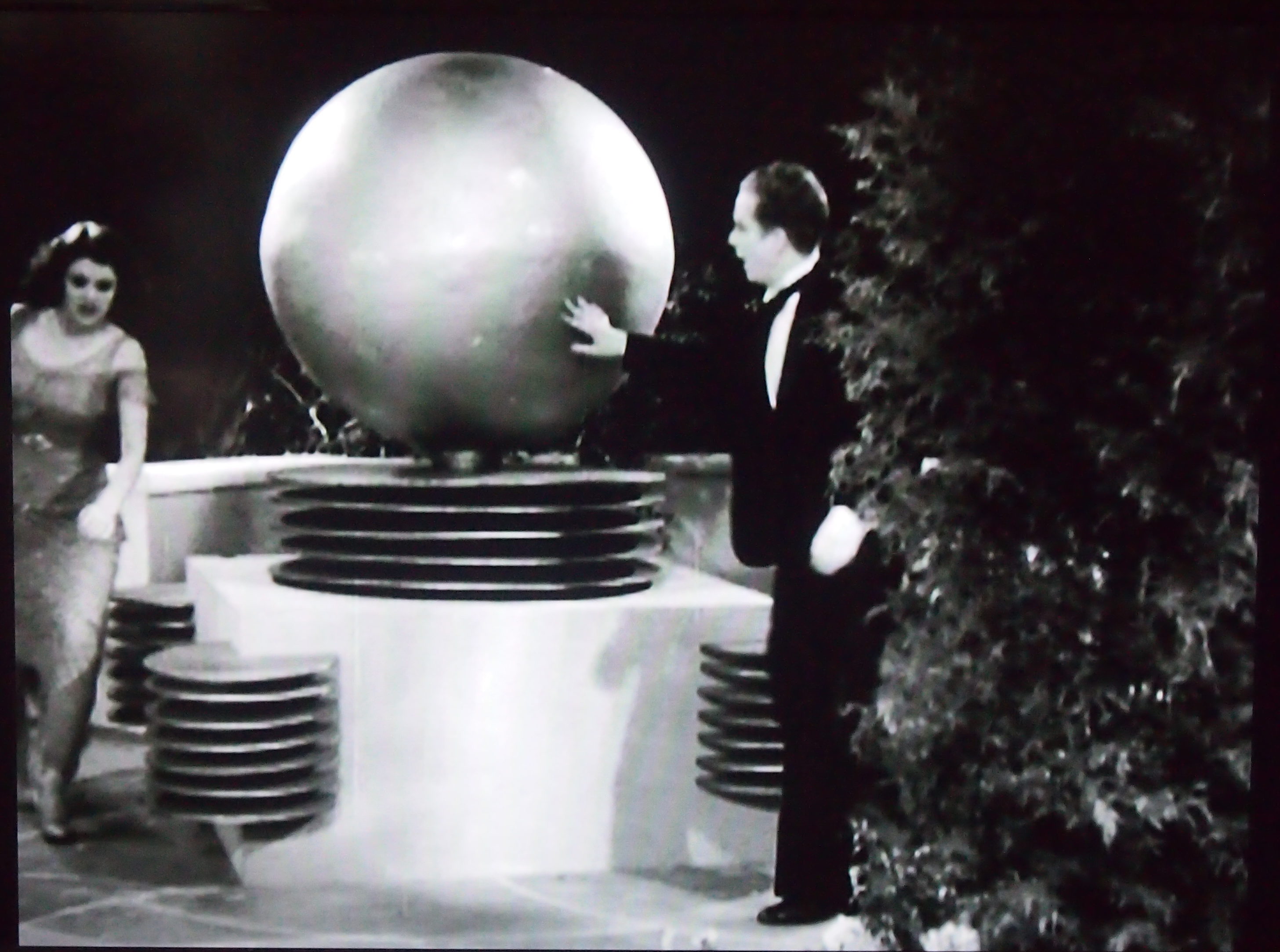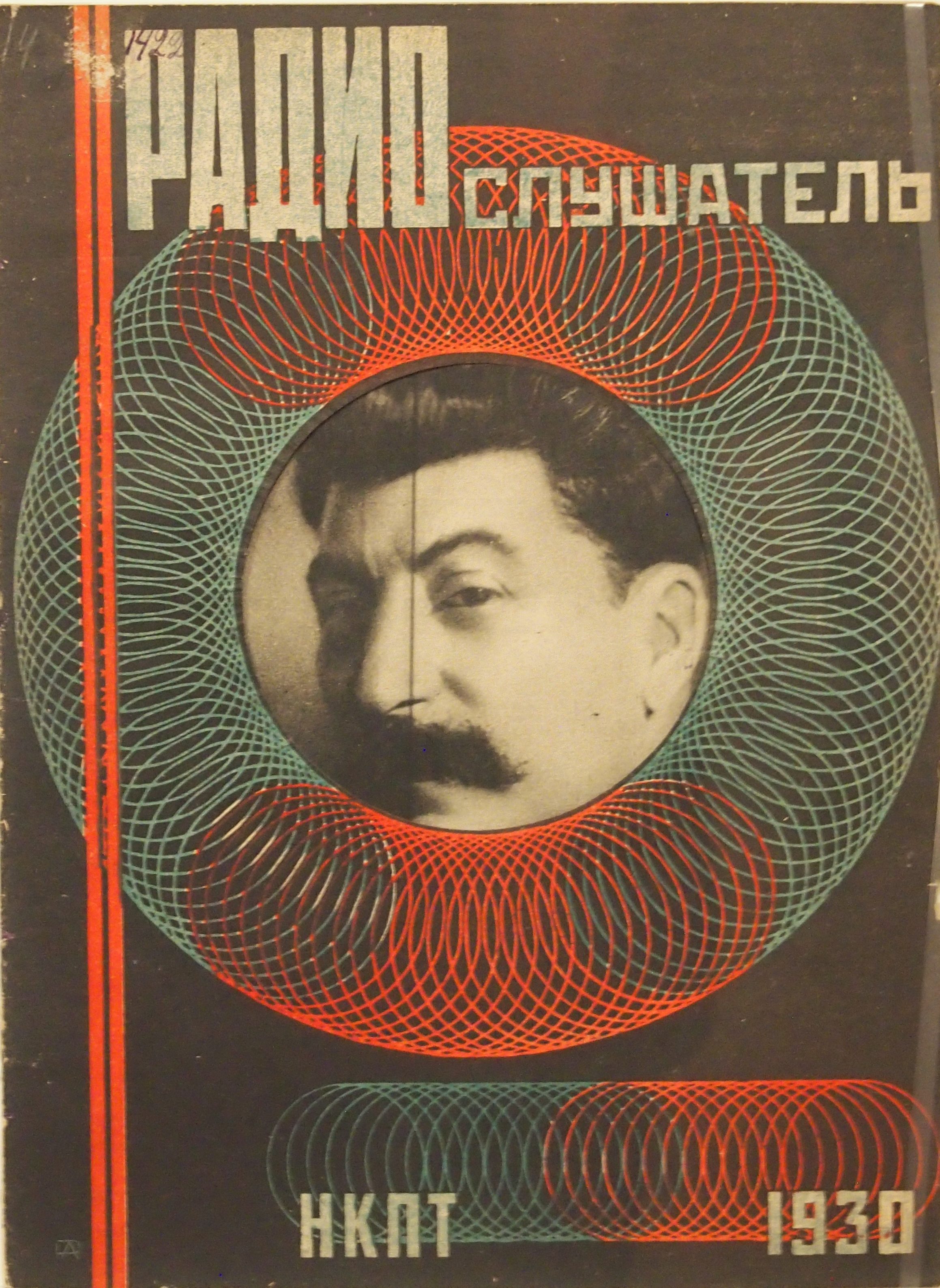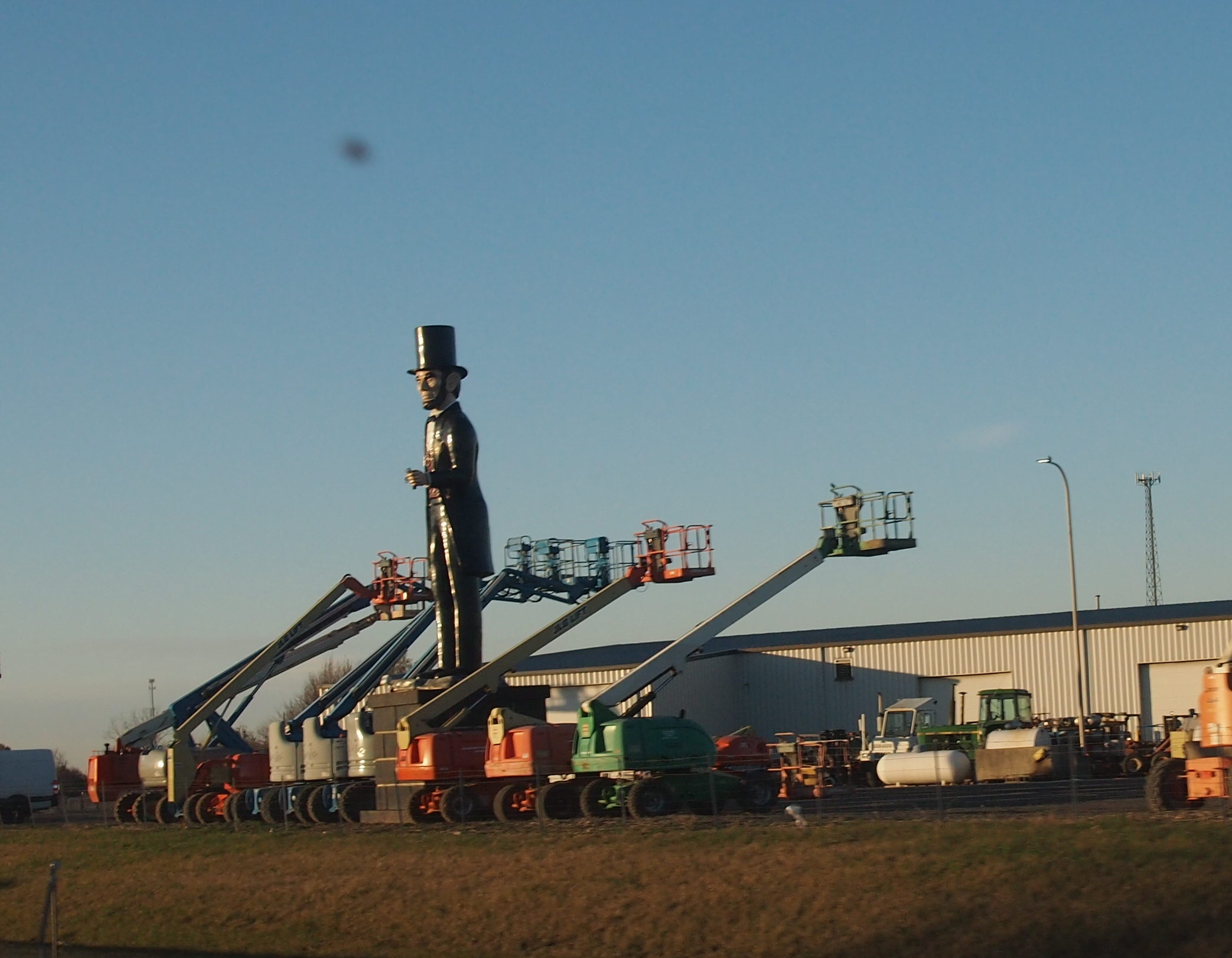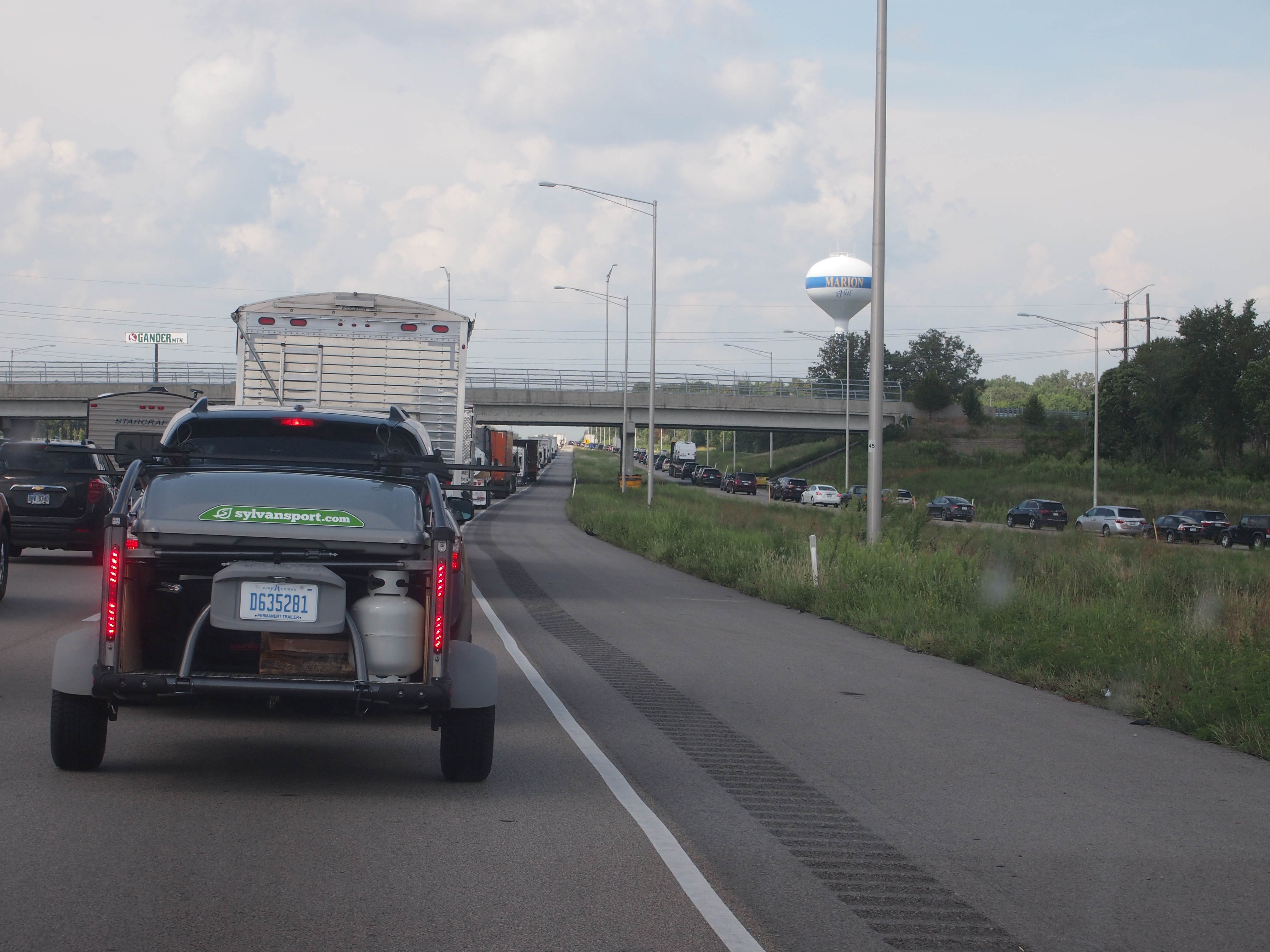Back on April 14, I headed for Texas by car. I spent most of following two weeks in that state, arriving home today. Along the way, I drove 3,691 miles and change.
The main event was the wedding of my nephew Dees and his betrothed Eden on April 21 at Hummingbird House, a gorgeous outdoor wedding venue just south of Austin in the full flush of a Texas spring. An actual warm and green spring, unlike the cold and still brown spring I left in Illinois.
Rain had been predicted for the day, as it often is this time of the year, and there was an indoor pavilion just for that circumstance, but the Texas spring accommodated the bride and groom and wedding party and all the guests by not raining. If fact, the sun came out just before the ceremony, which was picturesque as could be.
I was remiss in taking pictures of Dees and Eden or anyone else, except for a few shots of my family.
 They’d flown to Austin the day before the wedding, in time for the rehearsal dinner, which was a pizza party in Dees and Eden’s back yard. The logistics of my family getting to Austin were a little involved, but everything worked out.
They’d flown to Austin the day before the wedding, in time for the rehearsal dinner, which was a pizza party in Dees and Eden’s back yard. The logistics of my family getting to Austin were a little involved, but everything worked out.
As for me, I’d spent most of the week before the wedding with my brother Jay in Dallas, arriving in Austin the Thursday before the wedding. The morning after the wedding, a week ago now, Yuriko, Lilly and Ann and I drove to San Antonio, where we all visited my mother and brother Jim. They flew back home that evening, leaving me to drive back to Illinois.
I wanted to return a different way than I’d came, especially since I had the week off from work (the week before the wedding was a work week). So I didn’t pick the most direct route home.
Namely, I drove west from San Antonio to Marathon, Texas, a town of a few hundred people in West Texas whose main distinction is its proximity to Big Bend National Park, which I visited last Tuesday. There are many impressive things to see there, but I was most astonished by the cliffs on the Rio Grande that form Santa Elena Canyon.
The next day I went to the Trans-Pecos towns of Alpine, Marfa and especially Fort Davis. Not far from Fort Davis is the McDonald Observatory, which I’ve had a mind to visit for years. It was cloudy and misty and a little cold when I got there, but that doesn’t matter when you’re looking at impressive telescopes. In Fort Davis itself, I visited the Fort Davis National Historic Site.
The next day, I drove north, through Midland-Odessa and Lubbock and finally to Amarillo, a shift in scenery from the desert of the Trans-Pecos to the high plains of the Llano Estacado. Along the way I made a few stops: the Presidential Archives and Leadership Library in Midland and the Buddy Holly Center in Lubbock.
While in Amarillo, a city I had not seen since a brief visit in 1979, I took the opportunity on Friday to see Palo Duro Canyon State Park, which is about 30 minutes outside of town. It’s a great unknown among natural areas in Texas and, for that matter, the United States.
I had enough time that day after visiting Palo Duro — the days are getting longer — to drop by and see the Cadillac Ranch, famed oddball tourist attraction, which is on the western outskirts of town.
This weekend was a long drive home: Amarillo to Lebanon, Missouri, on Saturday (I’d stopped in Lebanon the first day out, on the way to Dallas), and Lebanon to home in metro Chicago today. Tiring, but I did squeeze in two more sites. In Claremore, Okla., on Saturday, I saw the Will Rogers Museum. Not bad for an entertainer who’s been dead more than 80 years.
Today I stopped just outside St. Louis and took a walk around the Cahokia Mounds State Historic Site. Not bad for a culture that’s been gone for about 800 years.
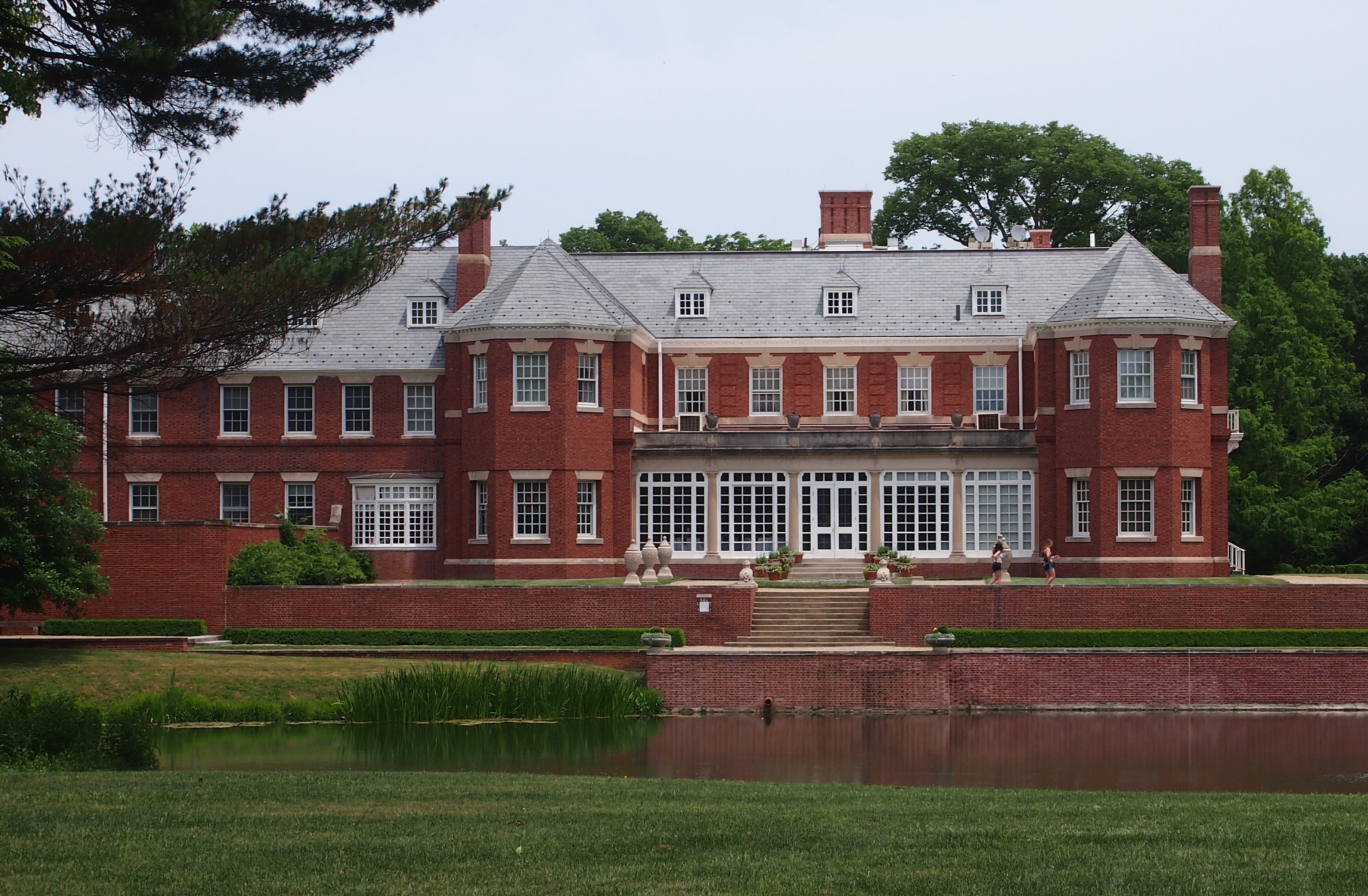

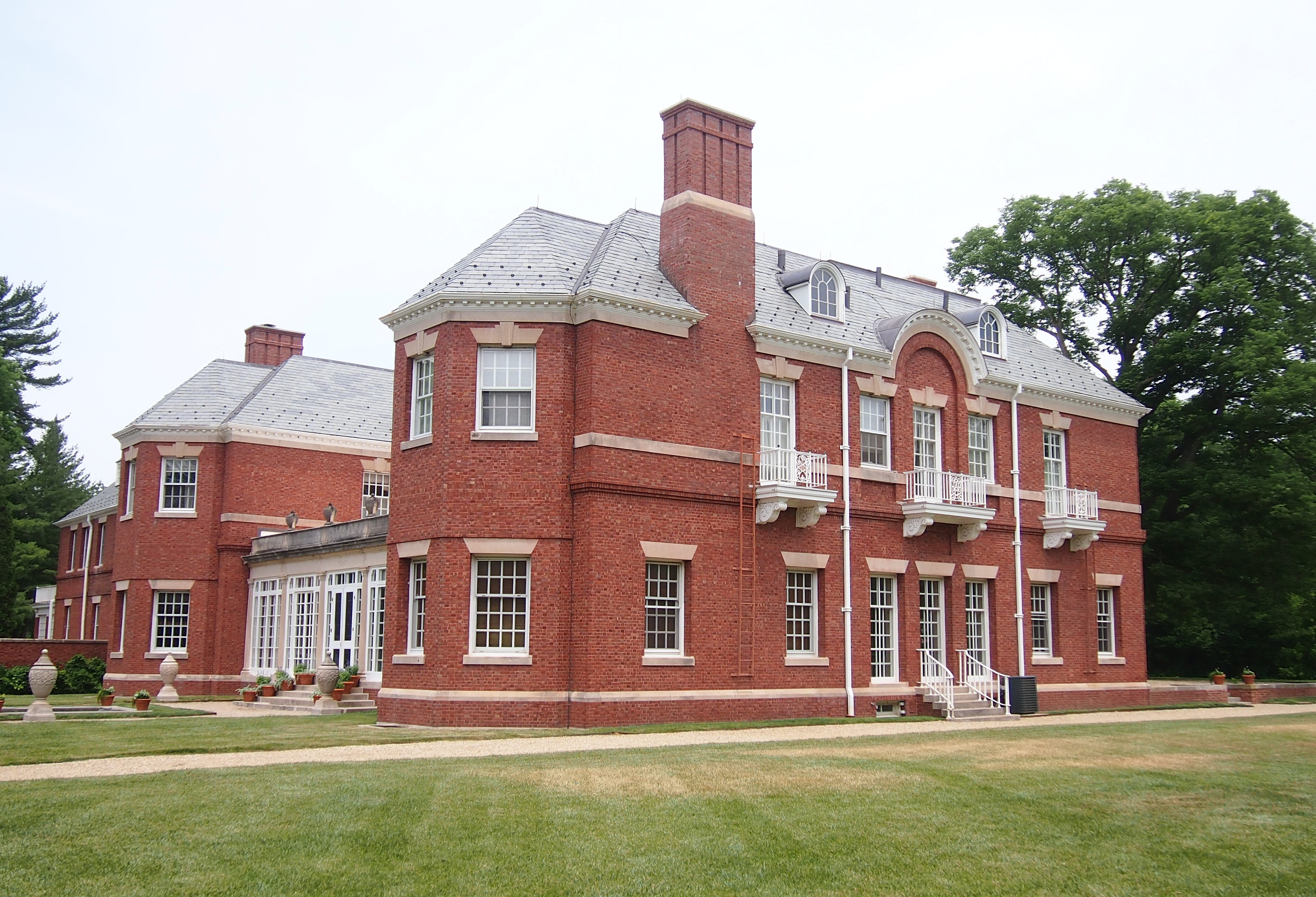 These days, the property belongs to the University of Illinois. Allerton, presumably tired of paying the taxes on it, donated it to the school in 1946. The manor house, besides being rented for events, is a conference center and not open for tours.
These days, the property belongs to the University of Illinois. Allerton, presumably tired of paying the taxes on it, donated it to the school in 1946. The manor house, besides being rented for events, is a conference center and not open for tours.
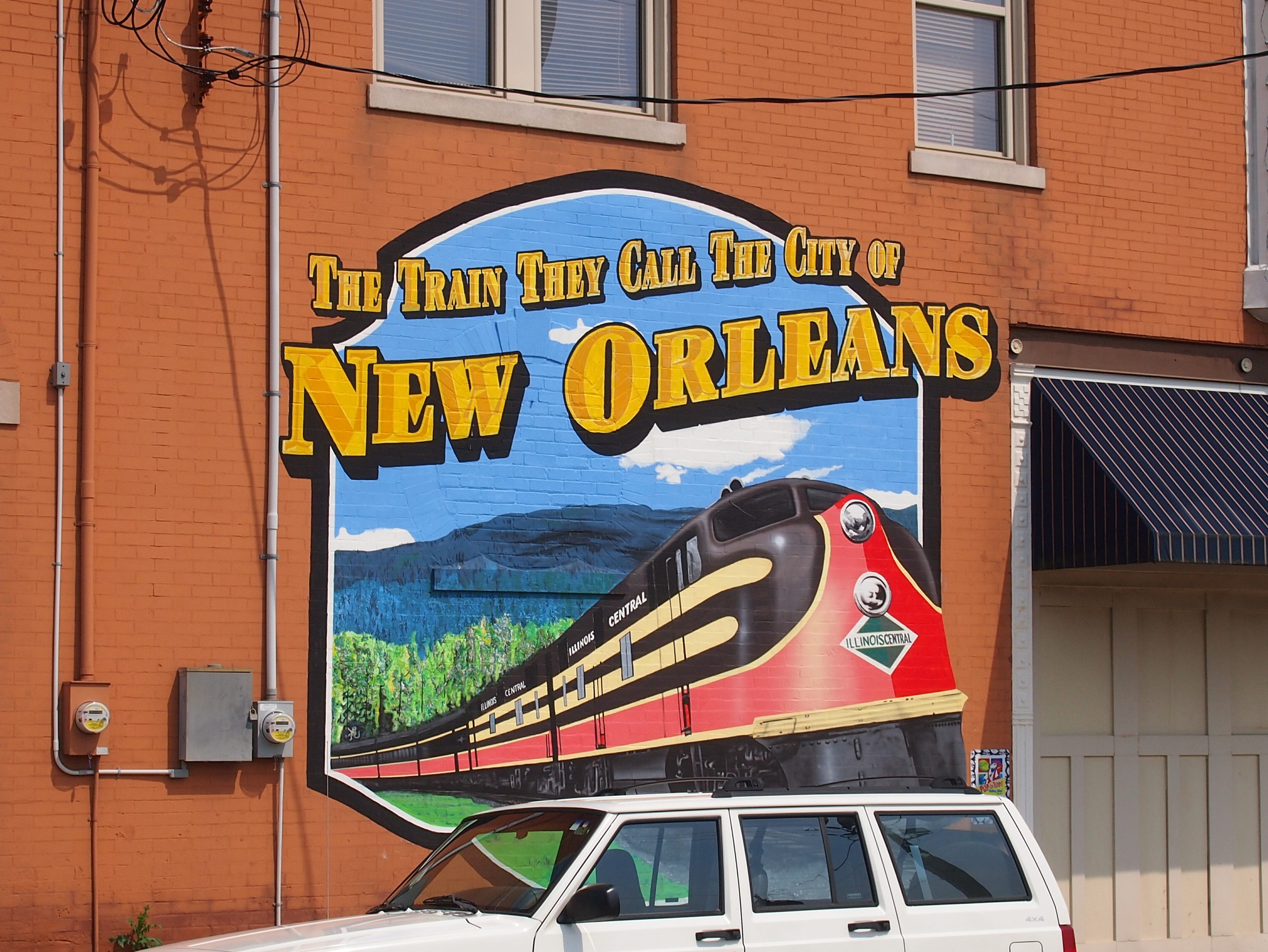
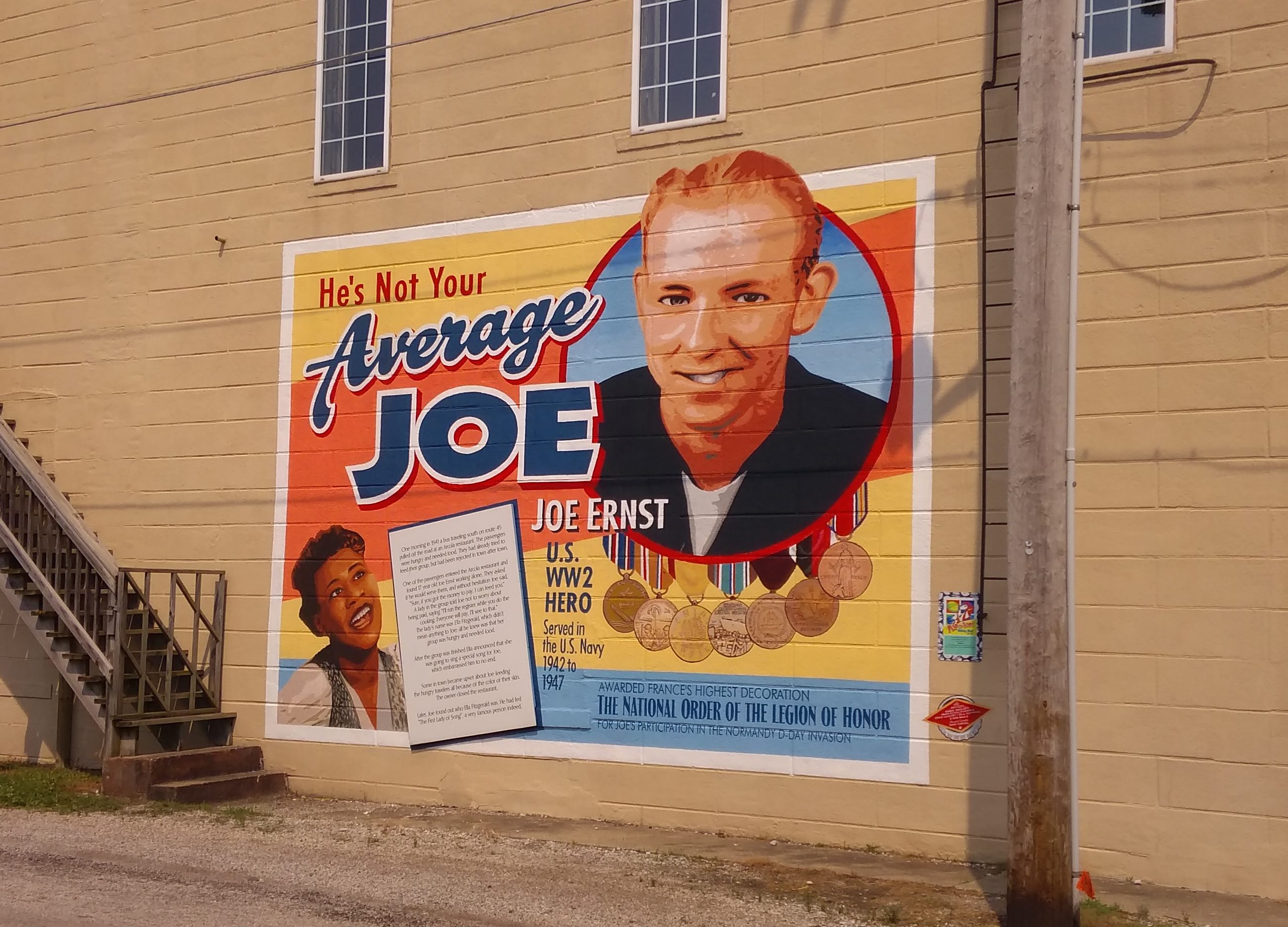
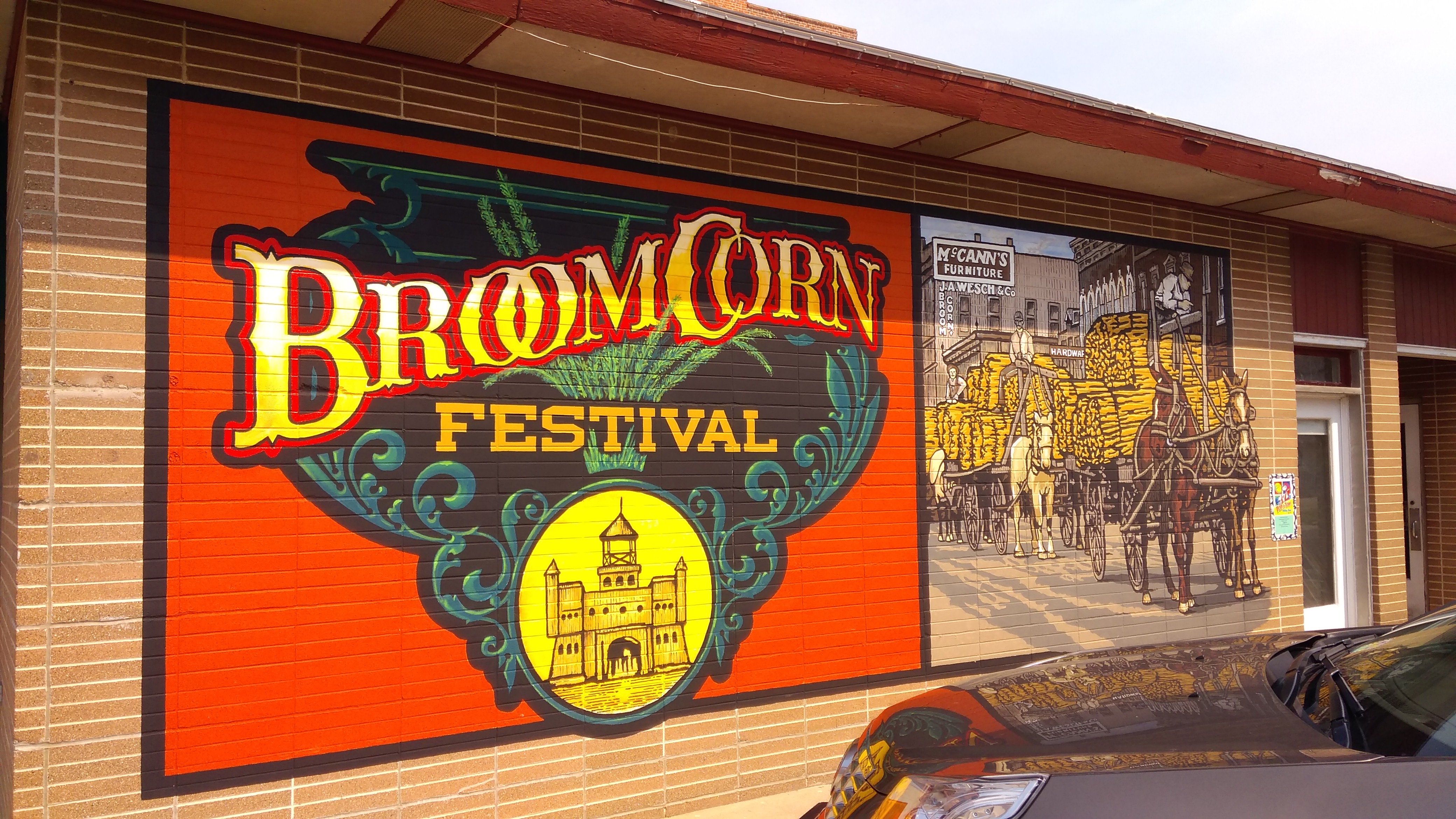
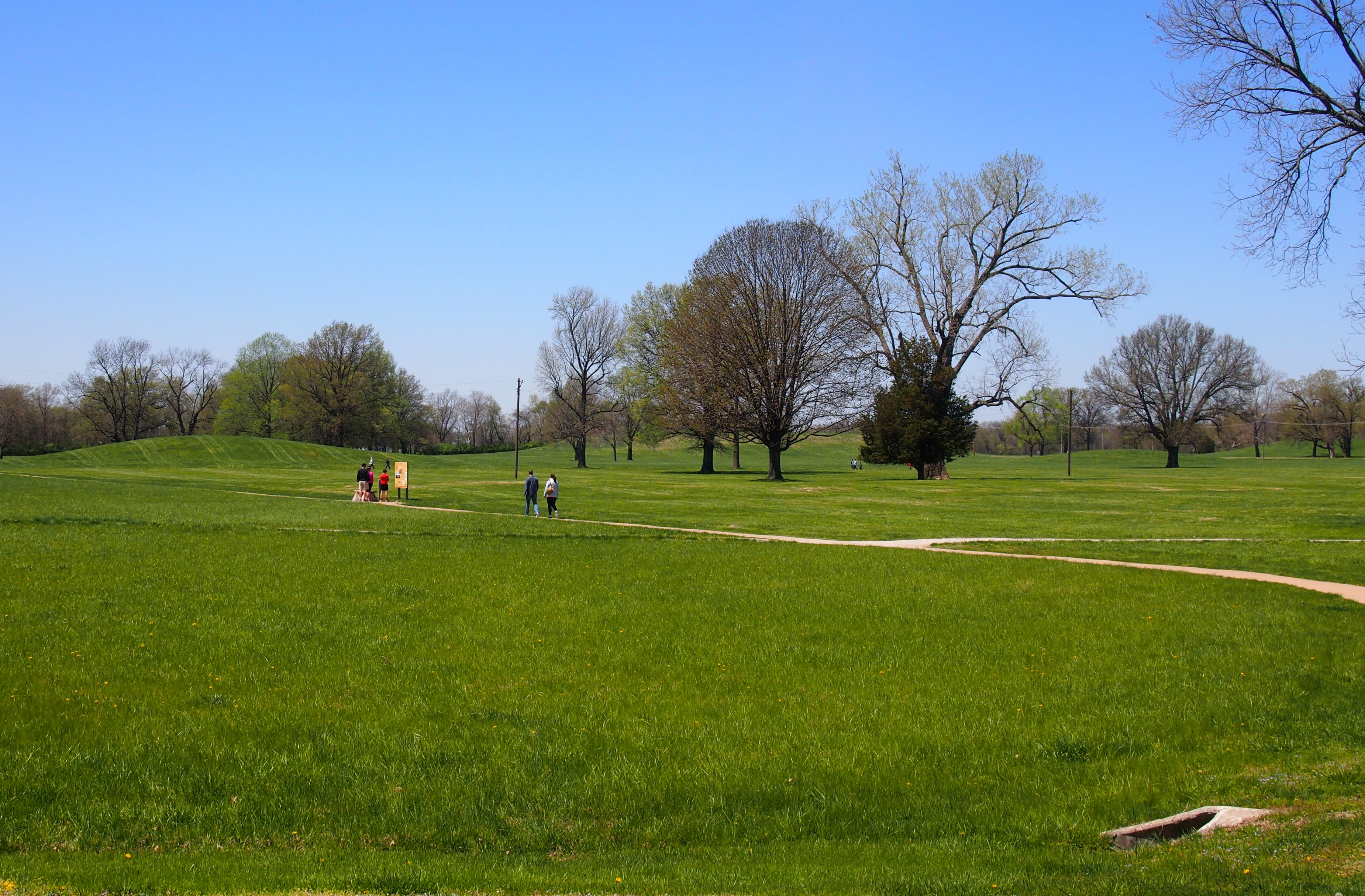
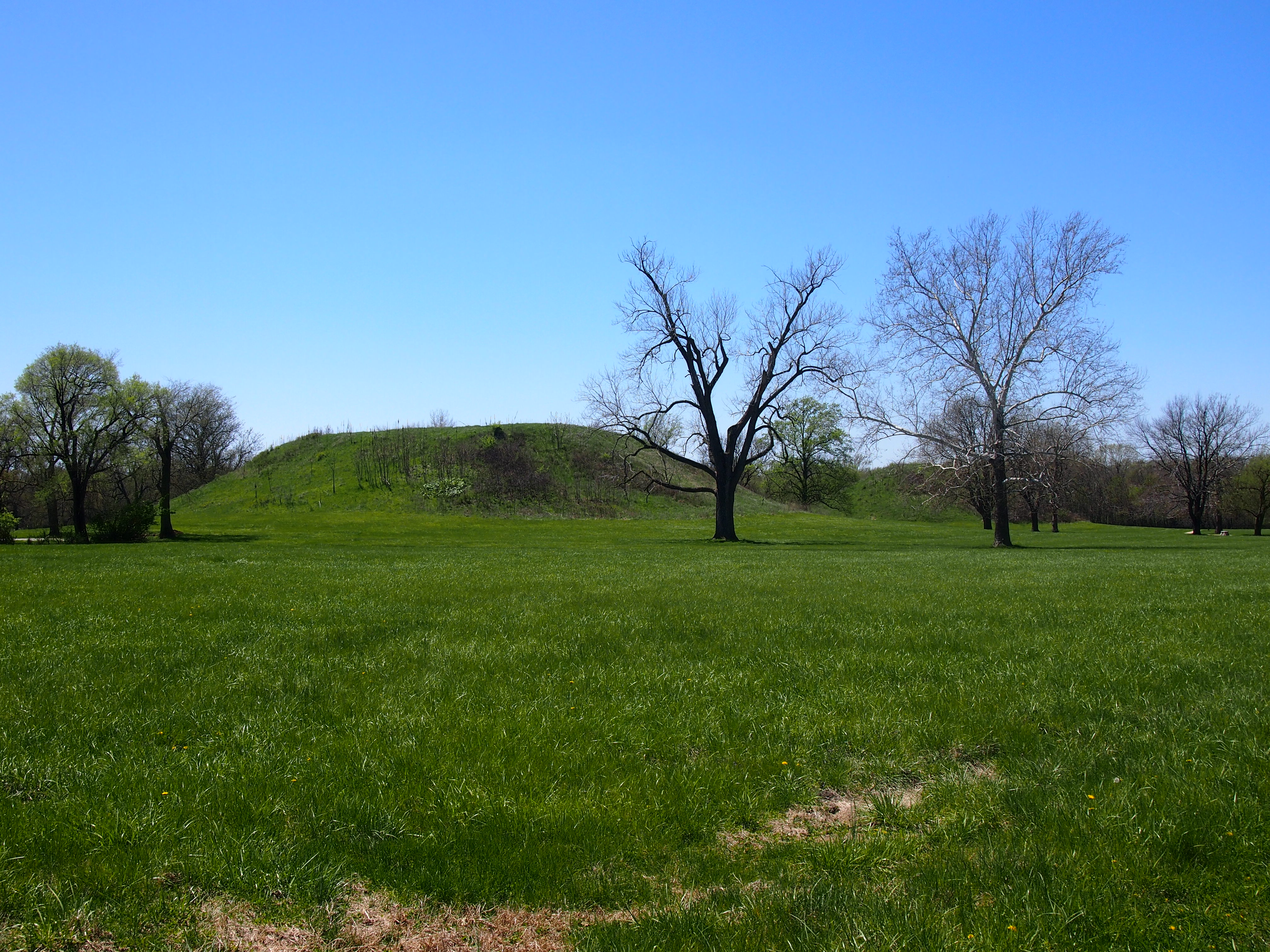
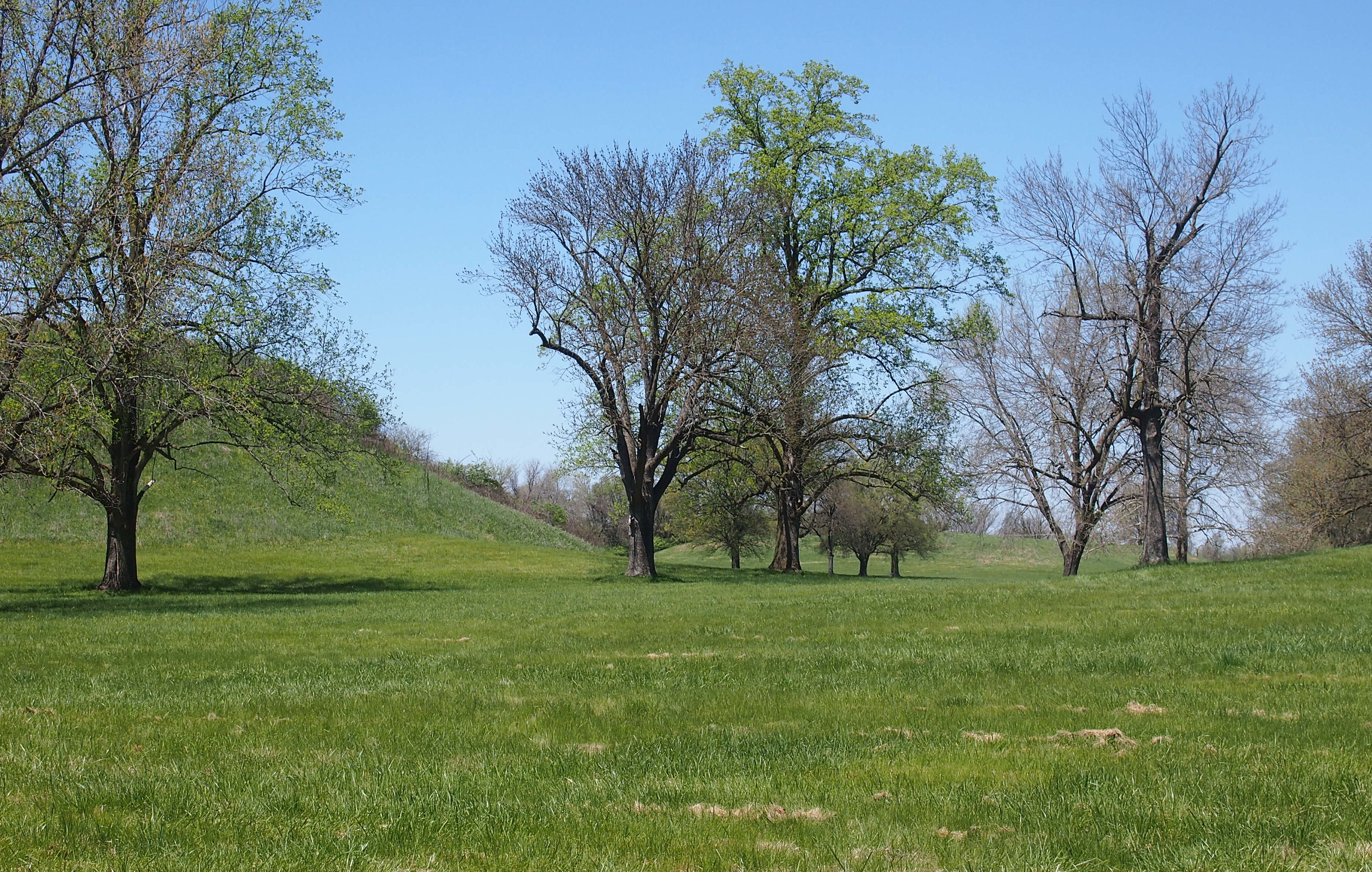
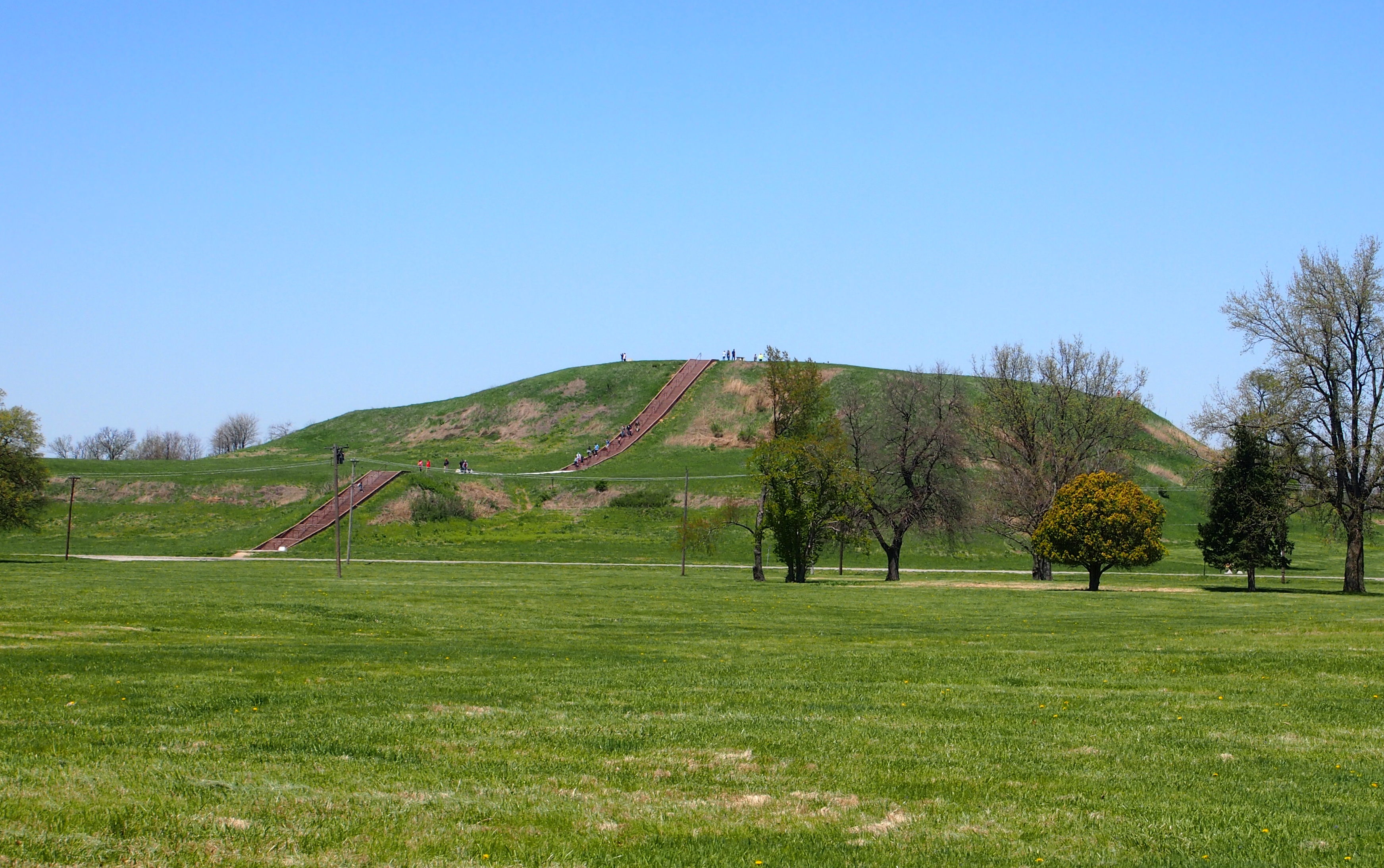
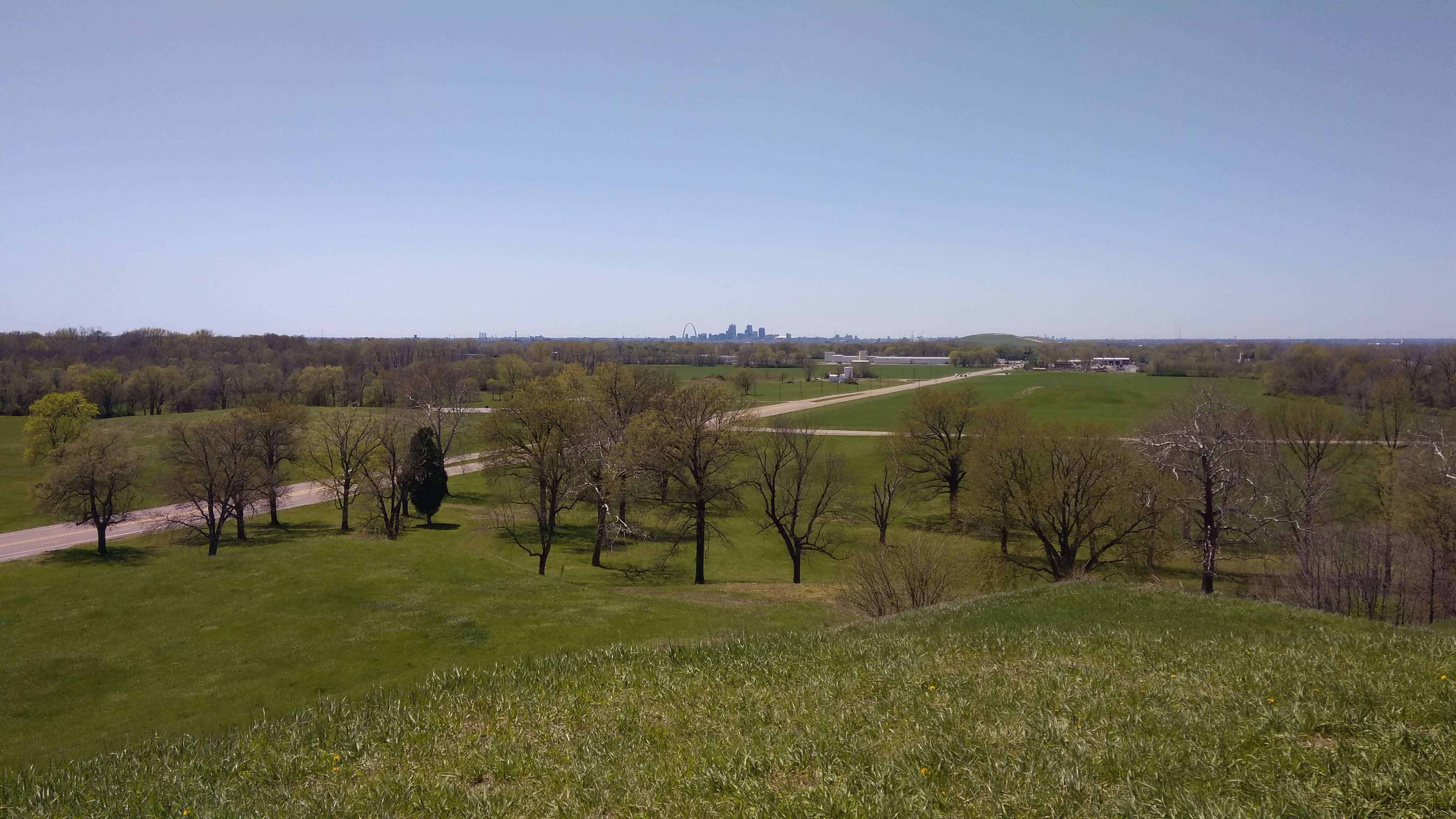
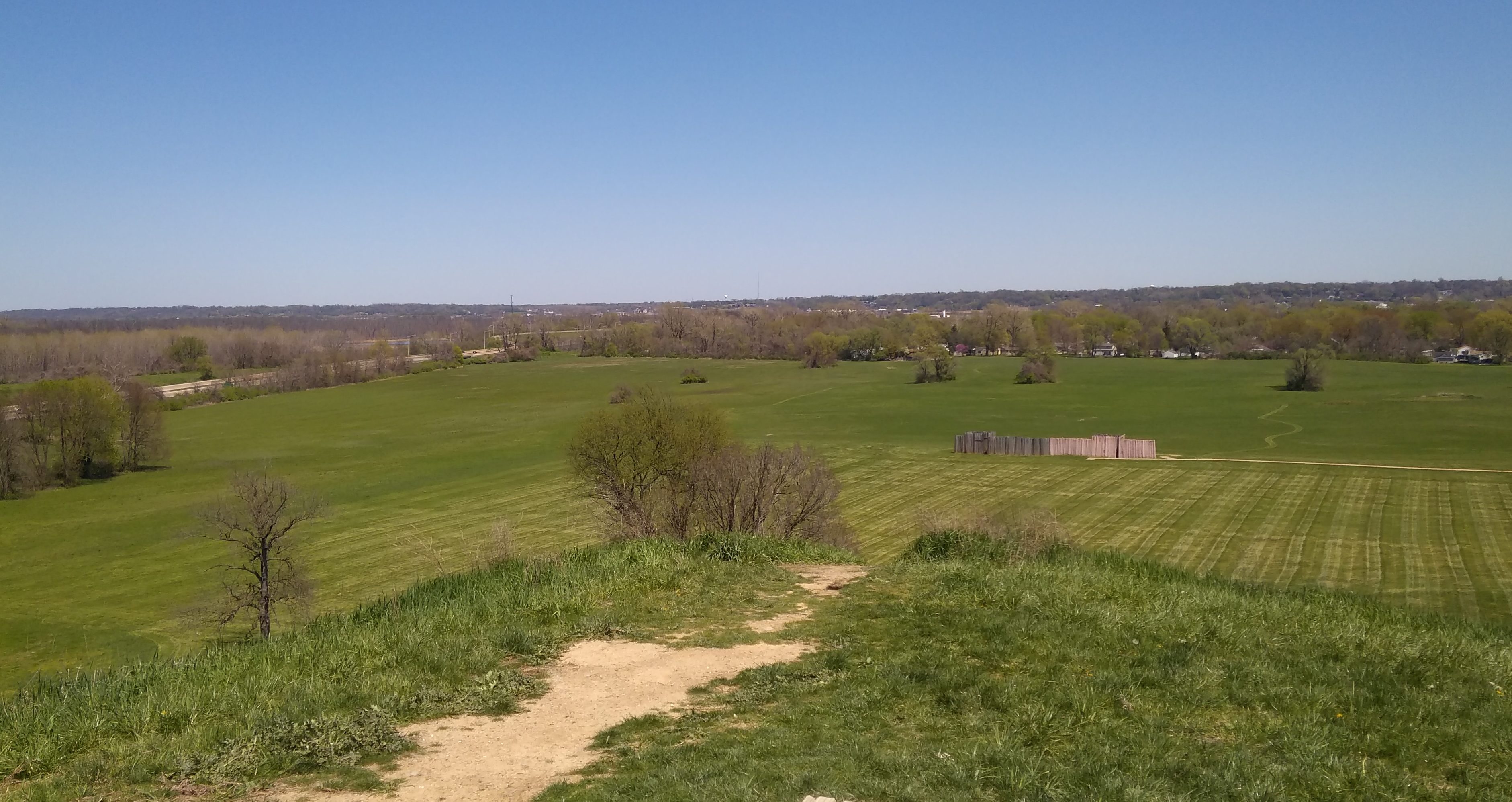 The top of the mound itself is fairly flat, though I understand the archaeologists have discovered a number of subtle gradations up there, and found evidence of a large building toward the back of the mound. That’s assumed to be a chiefly or priestly residence, which would be consistent with most human behavior in most places, but the Cahokians aren’t around to tell us.
The top of the mound itself is fairly flat, though I understand the archaeologists have discovered a number of subtle gradations up there, and found evidence of a large building toward the back of the mound. That’s assumed to be a chiefly or priestly residence, which would be consistent with most human behavior in most places, but the Cahokians aren’t around to tell us.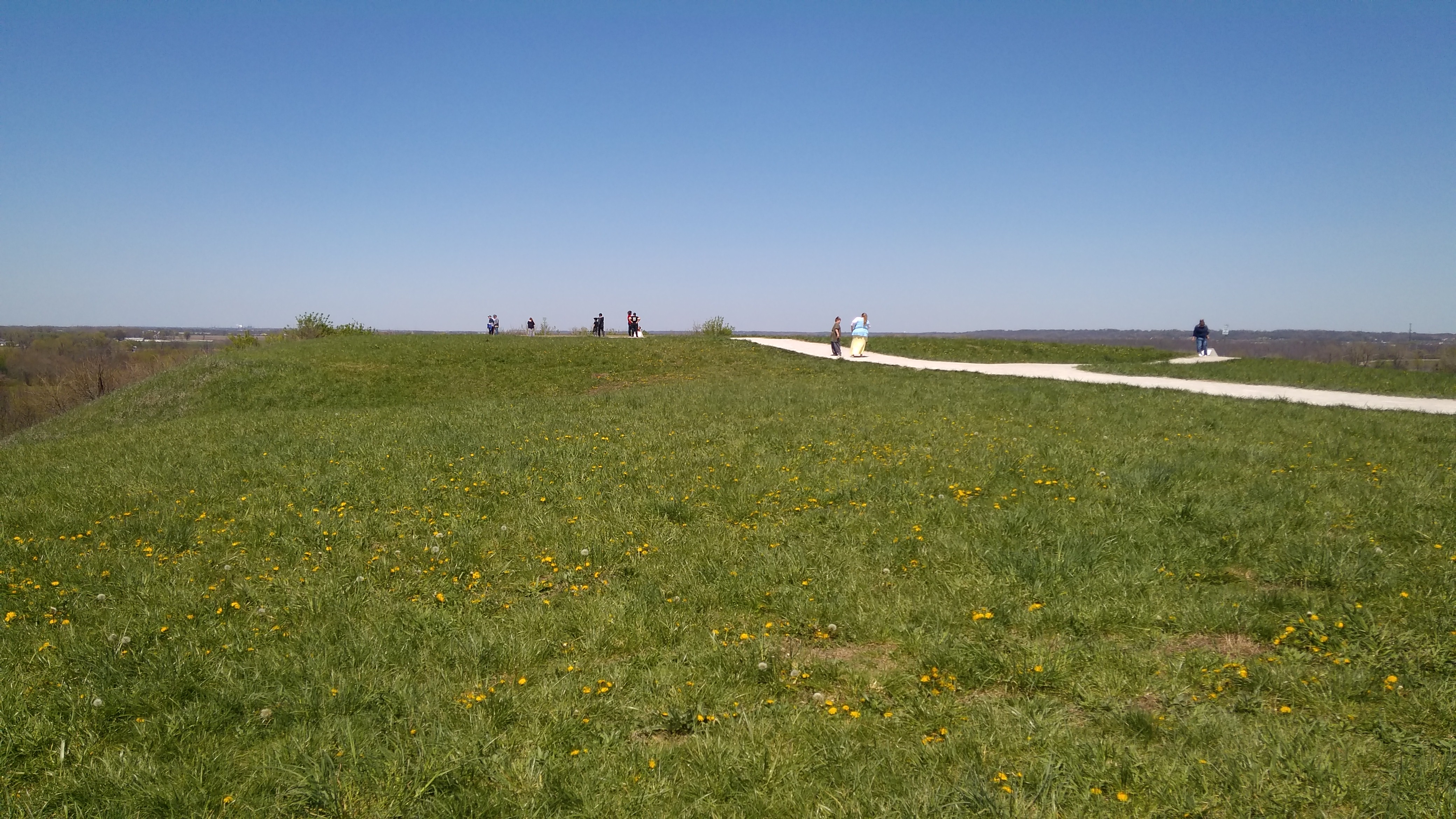


 At about 2 p.m., when I went, the poll wasn’t particularly crowded. Voting took all of about 10 minutes. Many of the offices had only one candidate. Others, I knew little about. In that case, my strategy is usually to vote for the last person on the ballot, because I’ve read that the first person has an advantage just for being first.
At about 2 p.m., when I went, the poll wasn’t particularly crowded. Voting took all of about 10 minutes. Many of the offices had only one candidate. Others, I knew little about. In that case, my strategy is usually to vote for the last person on the ballot, because I’ve read that the first person has an advantage just for being first.